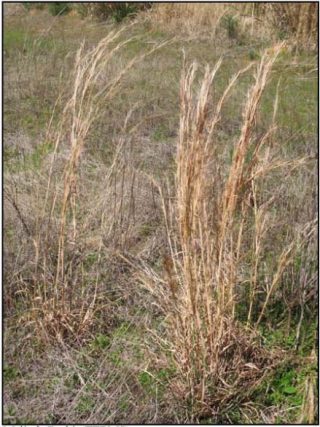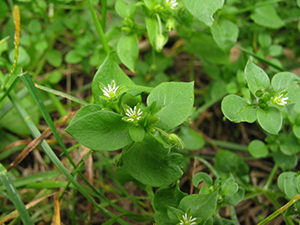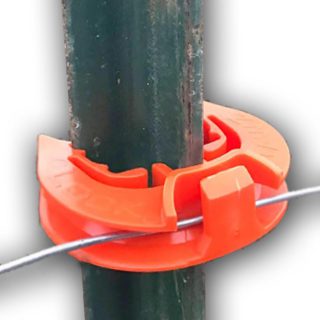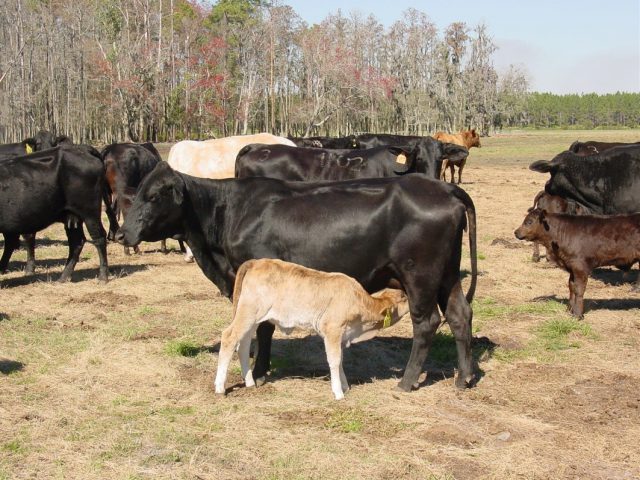
by Kalyn Waters | Jan 19, 2018
Broomsedge is an economically important weed in the southern United States, with it typically being found in low fertility pastures. By itself, prescribed burning has little impact/control on Broomsedge as it only removes biomass above ground, and has little impact on...

by Kalyn Waters | Jan 12, 2018
According to Dr. Brent Sellers, UF Weed Specialist, weeds in pastures cost Florida ranchers an excess of $180 million annually. Weeds reduce forage yields and quality. Chickweed is a common winter annual, broad-leaf weed found across the Southeastern U.S., and is one...

by Doug Mayo | Jan 5, 2018
This week’s featured video was produced by Lock Jawz. This farmer owned company has developed a unique fencing product designed to attach high-tensile, poly-wire, or barbed-wire to metal T-posts that are commonly used for fences in the region. These...

by ndilorenzo | Dec 1, 2017
Lautaro Rostoll, Jose Dubeux, and Nicolas DiLorenzo, University of Florida NFREC Cattle producers in the Southeast have often asked questions about the need for shade, and its impact on performance. While plenty of information is available on heat stress on cattle...

by Doug Mayo | Dec 1, 2017
Dennis Hancock, UGA State Forage Extension Specialist Have you noticed bronzing on your bermudagrass? It may appear as drought or frost-damaged fields, but it could also be the bermudagrass stem maggot. Since the first appearance in Georgia in 2010, producers have...

by Doug Mayo | Dec 1, 2017
UF/IFAS Beef Cattle & Forage Specialists, and County Extension Agents serving the Florida Panhandle developed a basic management calendar for cattle producers in the region. The purpose of this calendar is to provide reminders for management techniques with...







